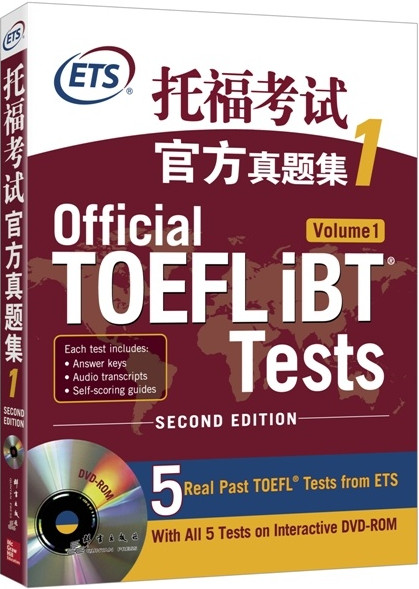2017ą┬═ąĖŻ┬Ā┴”ĮŌ╬÷:ąõšõŽÓÖC(j©®)
2017ą┬═ąĖŻ┬Ā┴”ĮŌ╬÷:ąõšõŽÓÖC(j©®)
ĪĪĪĪ┐ŲīW(xu©”)├└ć°╚╦60├ļėó╬─╬─▒Š
ĪĪĪĪCameras were once big and bulky. Today, really good cameras fit in your pocket. And now, researchers at Cornell have developed a camera thatĪ»s just a half-millimeter on each side and a hundredth of a millimeter thick.
ĪĪĪĪThe lens-less device is called a Planar Fourier Capture Array. ItĪ»s a flat piece of doped silicon. Each of its pixels is sensitive to specific incident angles and supplies a component of the mathematical operation called the Fourier Transform to produce an image about 20 pixels across. The details of the new camera are outlined in the journal Optics Letters. [Patrick Gill et al., "A Micro-Scale Camera Using Direct Fourier-Domain Scene Capture"]
ĪĪĪĪAnimals like the nautilus manage with lens-less eyes. The images arenĪ»t necessarily sharp, but theyĪ»re still useful. Same with this tiny camera.
ĪĪĪĪPatrick Gill, who headed the project, had been trying to create a lens-less implantable device to detect brain neurons that, due to modifications, glow when theyĪ»re active.
ĪĪĪĪThe camera his team came up with could cost just pennies to produce, and could find use in surgery, research and robotics. An insect-sized robot with tiny silicon cameras could tell light from dark and perceive general shapes. After all, the flatworm planaria does just fine with eyes that are arguably not as good.
ĪĪĪĪĪ¬Cynthia Graber
ł¾┐╝ųĖ─Ž
┐╝įć║åĮķ┐╝įćā╚(n©©i)╚▌ł¾├¹│╠ą“┐╝įćĢrķg┤Ņ}ėŗĘų┐╝įć│╔┐āįuĘųś╦(bi©Īo)£╩(zh©│n)┐╝įć┴„│╠╩š┘Mś╦(bi©Īo)£╩(zh©│n) Į╠▓─┤¾ŠV╚½ć°┐╝³c┼Óė¢(x©┤n)ĘĮ░Ė
ŠÄ▌ŗ═Ų╦]
- ─ŻöMįćŅ}
- Üv─ĻšµŅ}





